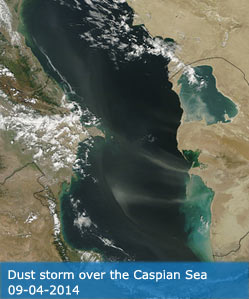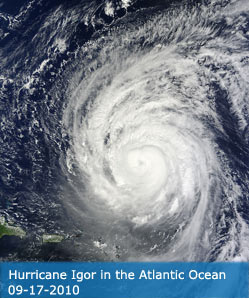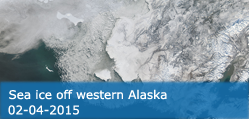Science Team
Publications
Li, SC; Chen, SG; Ma, CF; Wang, JW; Hu, LB (2025). Evaluation of Absolute Radiometric Calibration of Different Ocean Color Satellite Sensors. IEEE TRANSACTIONS ON GEOSCIENCE AND REMOTE SENSING, 63, 5504816.
Abstract
Ocean color satellites are important tools in the field of environmental remote sensing, and their calibration accuracy during in-orbit operation is crucial. This study introduces a radiometric calibration method based on a hyperspectral reference source, aimed at evaluating discrepancies in onboard absolute radiometric calibration among different ocean color satellite sensors and providing more consistent ocean color remote sensing products. Specifically, the method uses a high-precision hyperspectral ocean color sensor, satellite calibration spectrometer (SCS), as a unified reference source to obtain correction coefficients for multiple sensors through radiometric calibration. Leveraging the hyperspectral capabilities of the SCS, the absolute radiometric calibration differences between sensors can be clearly analyzed after removing variations in the relative spectral response (RSR) functions. Simultaneously, the study employs the simultaneous nadir overpass (SNO) method to match the sensors, analyzing the factors that influence the SNO process. The study reveals that despite accounting for RSR differences, significant radiance disparities remain. The largest overall difference among five sensors reached 6.37%. However, applying the derived correction coefficients enhances the consistency of ocean optical and biogeochemical products in the global open ocean. Based on the results of the time series analysis, the average consistency of multisource satellite-derived chlorophyll-a (Chla) concentration products improved from 73.7% to 90.4%. This result demonstrates the effectiveness and necessity of the calibration evaluation method proposed in this study for enhancing the consistency of multisource data. Furthermore, this method can be applied to additional ocean color sensors in the future, as long as the necessary matching conditions between satellites are met.
DOI:
10.1109/TGRS.2025.3532336
ISSN:
1558-0644




